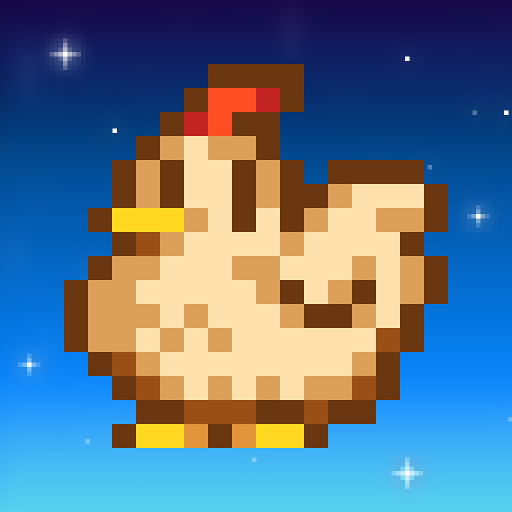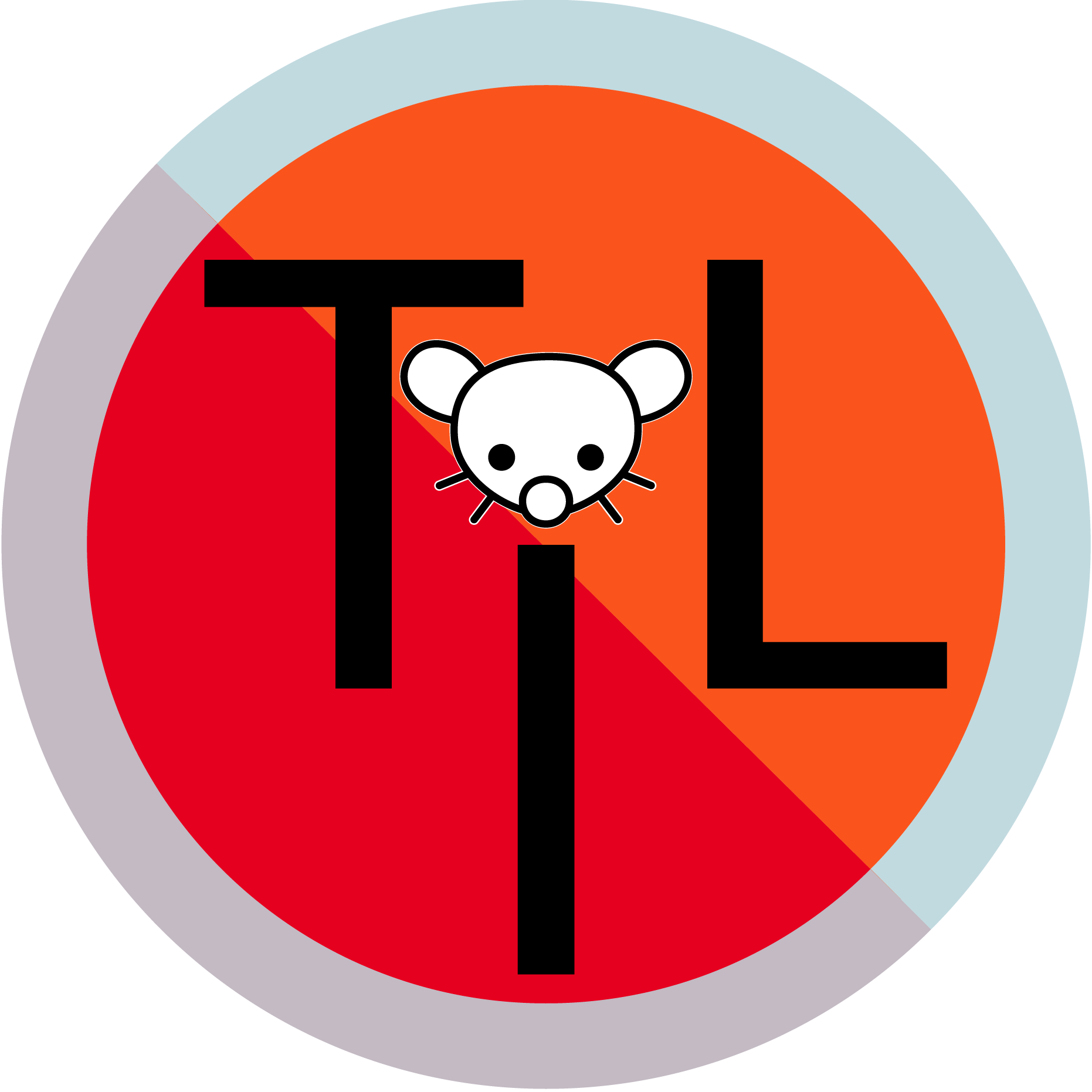Also think about more local options and forums that have buy and sell theads. E.g. in the Netherlands we have the tweakers forum, which would be an ideal place for this.
- 1 Post
- 37 Comments
My chemistry teacher once made salmiak as a demonstration. The only experiment we were ever allowed to taste and quite cool to look at too.

 11·6 months ago
11·6 months agoProbably an accident. It can’t even physically swallow something of human size.
This is exactly why on most phones you can turn this feature off, which is also good to know.

 2·6 months ago
2·6 months agoIf you are really really curious, you can find a phlebotomist that is game and use your own blood. This is the most ethical way to get some cooking blood and it can be done. (For proof see article)
https://www.vice.com/en/article/i-made-meringues-out-of-my-own-blood-and-ate-them/

 16·6 months ago
16·6 months agoYou don’t even need the movies to have some dystopian implant horror. Second sigh used to produce a sight restoring implant. After some financial trouble they stopped manufacturing and support for one of their products. Leaving recipients of the implant sightless in the case the hardware breaks.

 7·6 months ago
7·6 months agoHe is not quite a dictator yet. Let’s call him an aspiring dictator, to make it clear that action can still prevent it from getting that bad.

 6·6 months ago
6·6 months agoNo way he didn’t know what het was doing. He hesitates before he does it the first time, then when he get’s a positive reaction he does it the second time. This was deliberate and from what I can see many people in the the US are underreacting to it big time.

 2·8 months ago
2·8 months agoFunny thing, we actually call the calling someone jij tutoyeren and calling someone u vousvoyeren. This comes from the French.
Python
<spoiler title>
def read_input(path): with open(path) as f: lines = f.readlines() for i, line in enumerate(lines): ln = line.replace("\n","") lines[i] = ln return lines def find_X(lines): Xes = [] for j, line in enumerate(lines): ind = [i for i, ltr in enumerate(line) if ltr == "X"] for i in ind: Xes.append((j,i)) return Xes def find_M(lines, x, dim): # Check for Ms M_dirs = [] for i in [-1, 0, 1]: x_ind = x[0] + i if x_ind>=0 and x_ind<dim: for j in [-1, 0, 1]: y_ind = x[1]+j if y_ind>=0 and y_ind<dim: if lines[x_ind][y_ind] == "M": M = [(x_ind, y_ind), (i,j)] M_dirs.append(M) return M_dirs def check_surroundings(loc, lines, check_char, direction): max = len(lines)-1 check_lock = [loc[i]+direction[i] for i in range(len(loc))] if all(i>=0 and i<=max for i in check_lock) and check_char in str(lines[check_lock[0]][check_lock[1]]): return True else: return False def part_one(lines): ans = 0 X = find_X(lines) dim = len(lines[0]) for x in X: M = find_M(lines, x, dim) for m in M: loc = m[0] dir = m[1] if not check_surroundings(loc, lines, 'A', dir): continue loc = [loc[0]+dir[0], loc[1]+dir[1]] if not all(i>=0 and i<=dim-1 for i in loc): continue if not check_surroundings(loc, lines, 'S', dir): continue ans+=1 return ans def extract_square(lines, loc): str = "" for i in range(-1,2,1): for j in range(-1,2,1): x_ind = loc[0]+i y_ind = loc[1]+j if not all(p>=0 and p<=len(lines[0])-1 for p in [x_ind, y_ind]): raise ValueError("The given lock is at the edge of the grid and therefore will not produce a square") str += lines[x_ind][y_ind] return str def check_square(square): if not square[4]=="A": return False elif not ((square[0]=="M" and square[8]=="S") or (square[0]=="S" and square[8]=="M")): return False elif not ((square[2]=="M" and square[6]=="S") or (square[2]=="S" and square[6]=="M")): return False else: return True def part_two(lines): ans = 0 dim = len(lines[0]) for i in range(1,dim-1): for j in range(1,dim-1): square = extract_square(lines, (i,j)) if check_square(square): ans += 1 return ans path = r'Day_4\input.txt' lines = read_input(path) print("Answer part 1: ", part_one(lines)) print("Answer part 2: ", part_two(lines))
 7·9 months ago
7·9 months agoIt’s not weaponized politeness. It’s a love for efficient communication; everyone speaks English, so why not use it.
Just like house cats
I’m always like: Dude I’m already in your house, why can’t I just knock on your door.

 31·10 months ago
31·10 months agoYou can have stalls with gaps under then, that also protect privacy. Like a 15cm gap under the stalls and no gaps around the doors and the chances of accidentally seeing something you shouldn’t are practically zero.

 3·10 months ago
3·10 months agoThe one I use most is windows+shift+s for the snipping tool!

 9·1 year ago
9·1 year agoBabies cannot press panic buttons…
The pics of the team seem a bit AI to me, also when googling their names there are no clear links connecting those names to whale dairy besides that website. This (and how unrealistic the process sounds) leads me to believe that this is not real.

 191·1 year ago
191·1 year agoTBF, students using going to the bathroom as an excuse to do other things is very real. Not all student do it, but some do and these people cause a lot of issues.
I generally keep the rules: leave your phone in the classroom and be back in 10 minutes.
The amount of students that suddenly don’t have to go anymore once they’re reminded they need to leave their phone is very high.
If you mean pure latex gloves, you should be fine. Latex starts to melt at 180 degrees Celsius. Meaning that if the gloves are melting, your hands would have been fucked with or without the Latex.








I don’t think that the forcing of an answer is the source of the problem you’re describing. The source actually lies in the problems that the AI is taught to solve and the data it is provided to solve the problem.
In the case of medical image analysis, the problems are always very narrowly defined (e.g. segmenting the liver from an MRI image of scanner xyz made with protecol abc) and the training data is of very high quality. If the model will be used in the clinic, you also need to prove how well it works.
For modern AI chatbots the problem is: add one word to the end of the sentence starting with a system prompt, the data provided is whatever they could get on the internet, and the quality controle is: if it sounds good it is good.
Comparing the two problems it is easy to see why AI chatbots are prone to hallucination.
The actual power of the LLMs on the market is not as glorified google, but as foundational models that are used as pretraining for actual problems people want to solve.